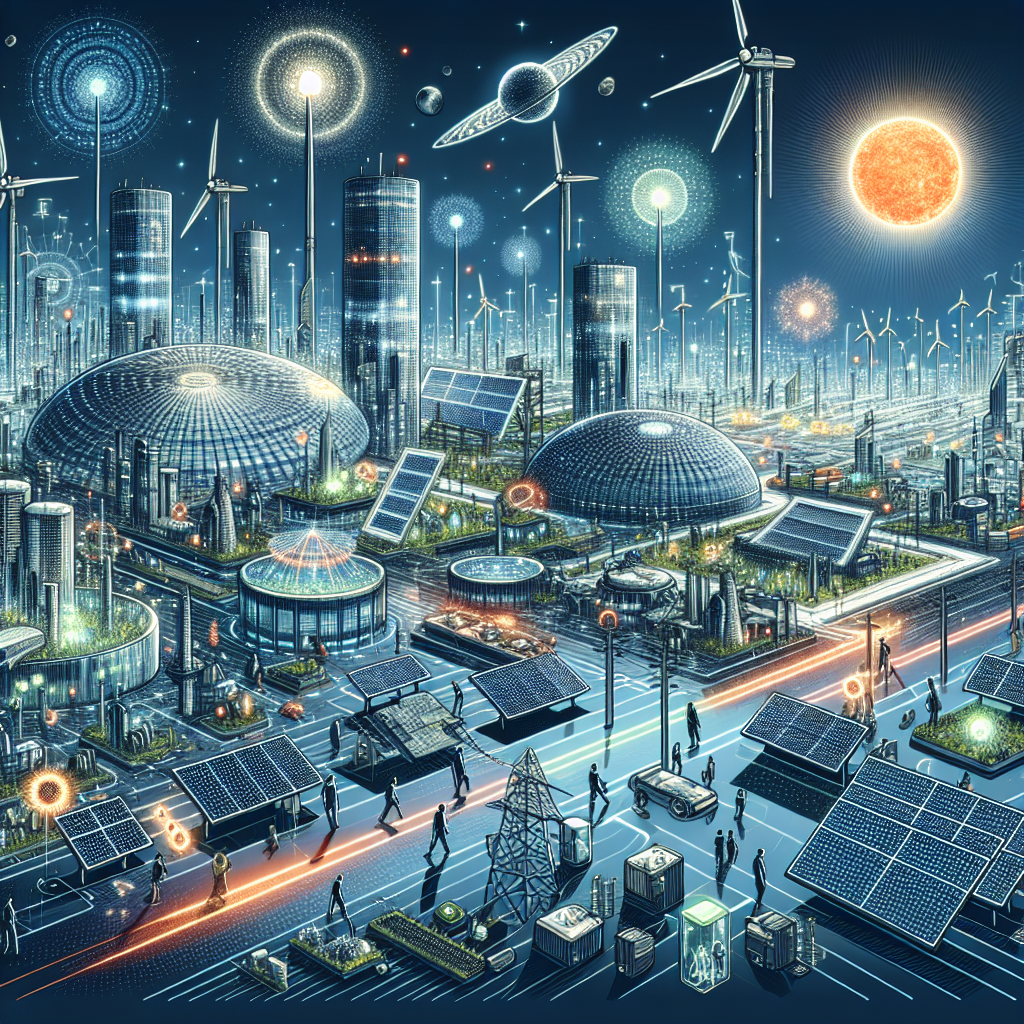As the urgency of combating climate change grows, the demand for renewable energy sources has never been more critical. Among these, solar energy stands out due to its potential to harness the sun’s abundant power. While photovoltaic (PV) solar panels have been the backbone of the solar industry for decades, new and innovative solar technologies are emerging to enhance efficiency, reduce costs, and improve energy accessibility. This article explores some of the most exciting developments in solar technology beyond traditional panels.
1. Solar Skin and Building-Integrated Photovoltaics (BIPV)
One of the biggest criticisms of solar panels has been their aesthetic impact on buildings. Enter Solar Skin and BIPV technologies, which integrate solar energy generation into building materials. BIPV allows for solar cells to be embedded in roofing materials, windows, and facades, turning entire buildings into energy generators without compromising architectural style. Innovations in design also mean that these installations can be customized to match the aesthetics of the existing structure, making them more visually appealing.
2. Concentrated Solar Power (CSP)
While traditional solar panels convert sunlight directly into electricity, Concentrated Solar Power (CSP) systems use mirrors or lenses to focus sunlight onto a small area, generating heat. This heat can then be converted into electricity through a turbine. A significant advantage of CSP is its ability to store energy in the form of heat, allowing for power generation even when the sun isn’t shining. With advancements in thermal storage technology, CSP is becoming more viable for large-scale energy production.
3. Solar Fabrics and Textiles
In the quest to make solar energy more accessible, solar fabrics are emerging as a groundbreaking innovation. These textiles incorporate photovoltaic materials, enabling everyday items like clothing and tents to generate solar energy. Imagine wearing a jacket that charges your phone or a tent that can power lights while you’re camping. This technology not only promotes energy independence but also targets off-grid living and disaster relief scenarios.
4. Floating Solar Farms
As land scarcity becomes a challenge for solar installation, floating solar farms offer an innovative solution. By placing solar panels on bodies of water, these systems can generate energy without taking up valuable land resources. Floating solar can also help reduce water evaporation and keep the panels cool, ultimately boosting their efficiency. Countries like China and Japan are already investing in these systems, making it a promising avenue for future energy projects.
5. Solar Tracking Systems
Fixed solar installations often miss a significant amount of sunlight throughout the day. Solar tracking systems aim to rectify this by adjusting the angle of solar panels to follow the sun’s path. This technology can increase energy generation by up to 25% or more, making it a worthwhile investment for utility-scale solar projects. Innovations in software and hardware are making solar trackers more affordable and easier to install.
6. Perovskite Solar Cells
Perovskite solar cells have gained attention due to their potentially high efficiency and lower production costs compared to traditional silicon-based cells. These materials can be manufactured using simpler processes, making them more scalable. Although still primarily in the research phase, perovskite cells have the potential to revolutionize solar energy by enabling flexible, lightweight panels that can be integrated into various surfaces.
7. Solar-Powered Desalination
With water scarcity becoming an increasingly pressing global issue, solar-powered desalination offers a sustainable solution for providing fresh water. By harnessing solar energy to power the desalination process, this technology not only addresses two critical challenges—energy and water scarcity—but does so in an environmentally friendly manner. Pilot projects around the world are demonstrating the feasibility and efficiency of this approach.
Conclusion
The future of solar energy is bright, with innovative technologies emerging that promise to enhance efficiency, decrease costs, and expand the potential applications of solar power. As these solutions continue to evolve, they will make solar energy more accessible and integrated into our daily lives—paving the way for a sustainable energy future. By looking beyond traditional solar panels, we can harness the sun’s potential in diverse and exciting ways, driving us closer to a carbon-neutral world.



